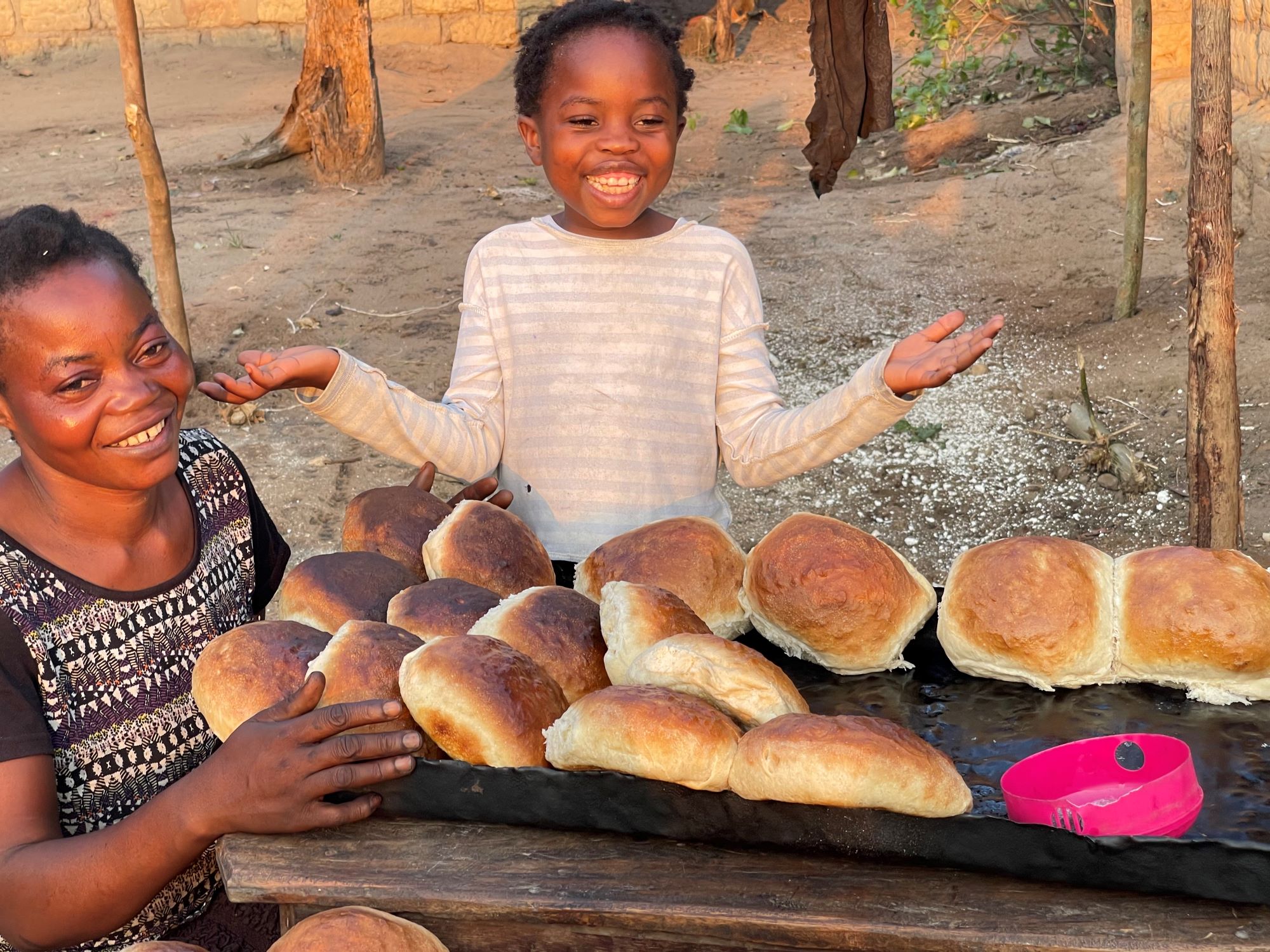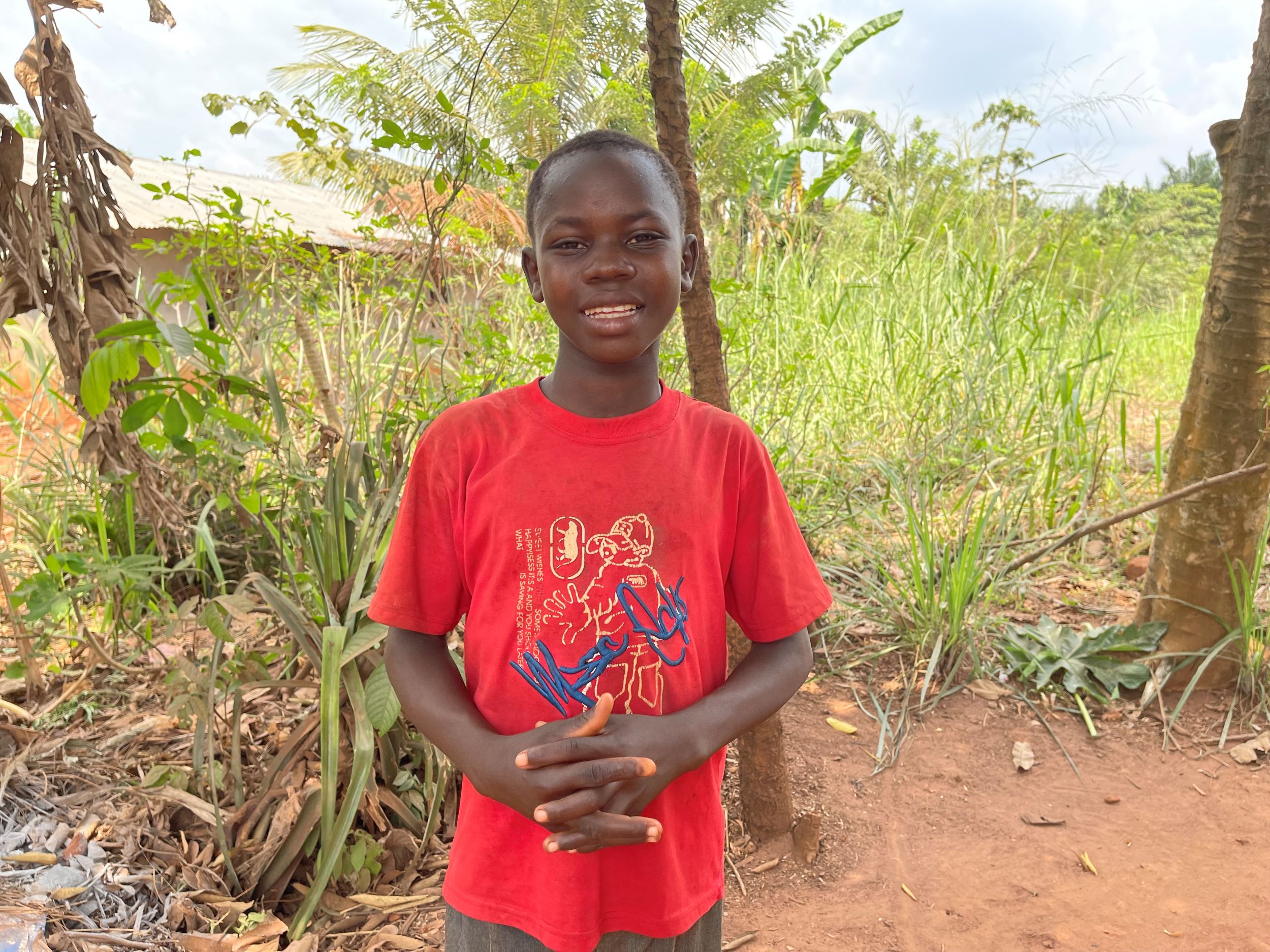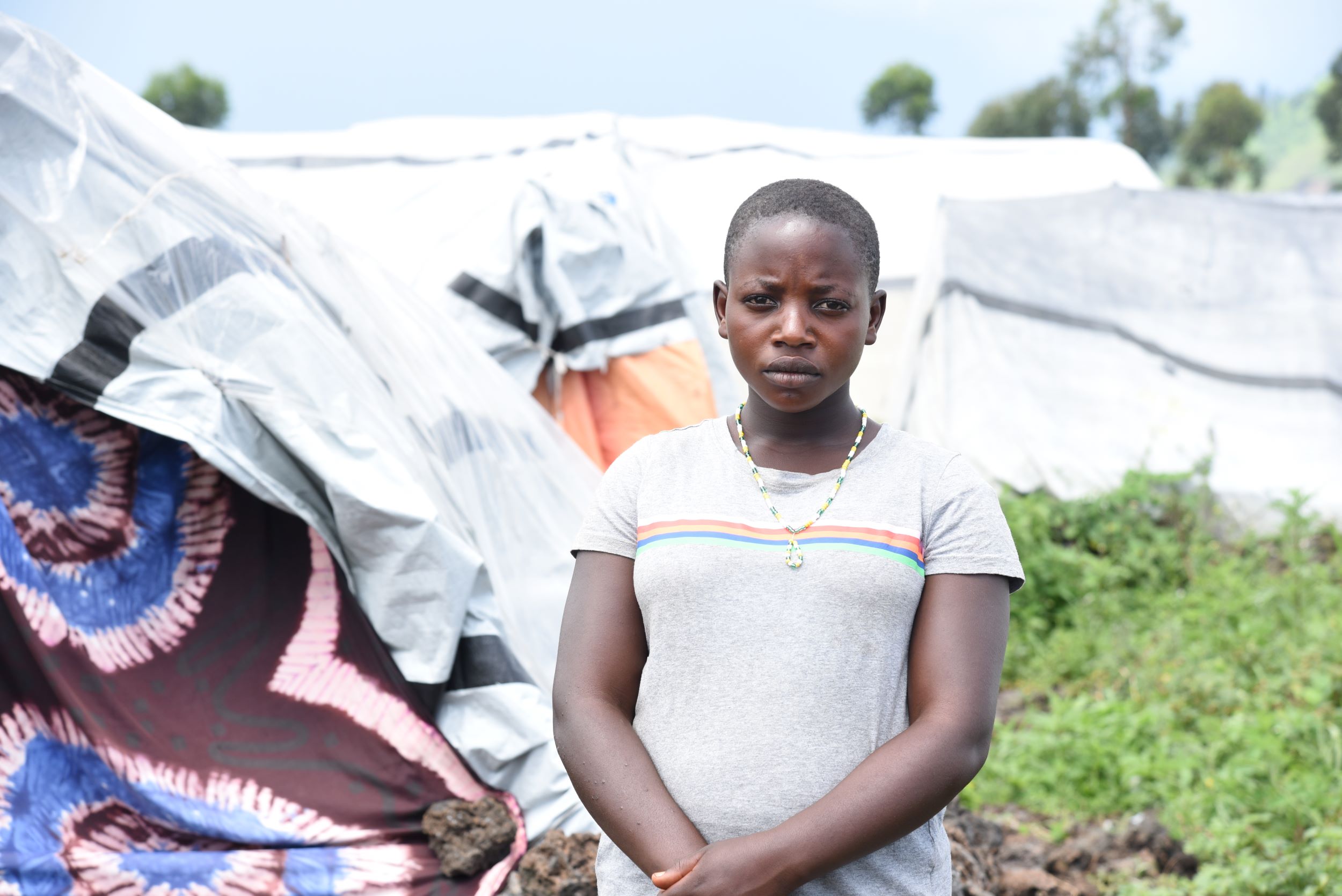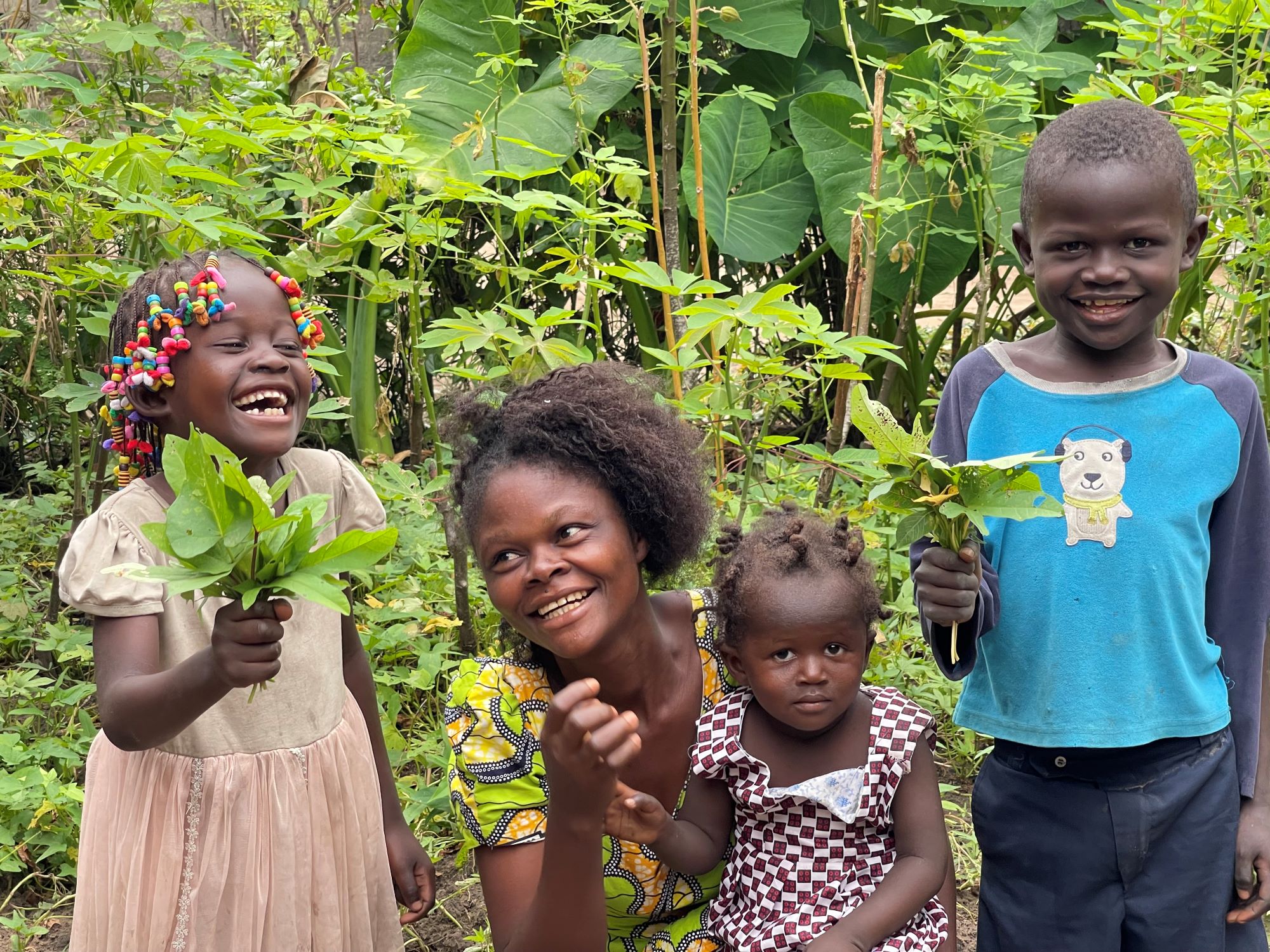
Helping malnourished children recover in DRC
Two heartwarming accounts of children cured from malnutrition
According to the World Food Programme, 3.9 million children, and pregnant and breastfeeding women are acutely malnourished in the Democratic Republic of Congo (DRC).
Here at World Vision, we know it's important that children receive nutritious food early in life. That's why we work with communities and local leaders to help families provide enough of the right food.
Keep reading to discover how we work with families to ensure their children recover from malnutrition in the DRC, and how your donations can make a difference.
Love's Story
Mum-of-three Love was desperate. Her two-year-old daughter Sarah was constantly ill and she had to keep taking her to hospital.
Love has two girls and a boy and lives in the DRC where so many children go hungry.
The DRC is in the grip of a complex crisis, with millions of children impacted by armed conflict, disease and natural disasters. Ongoing conflict in Eastern DRC has meant children and families have been forced to flee their homes. And whatever issue these children face, hunger is the common denominator.
Love remembers, “My daughter was often ill, so at any moment I would take her to the hospital for a blood transfusion. She didn't want to eat and couldn't play like other children her age.”
READ MORE: Interesting facts about the DRC
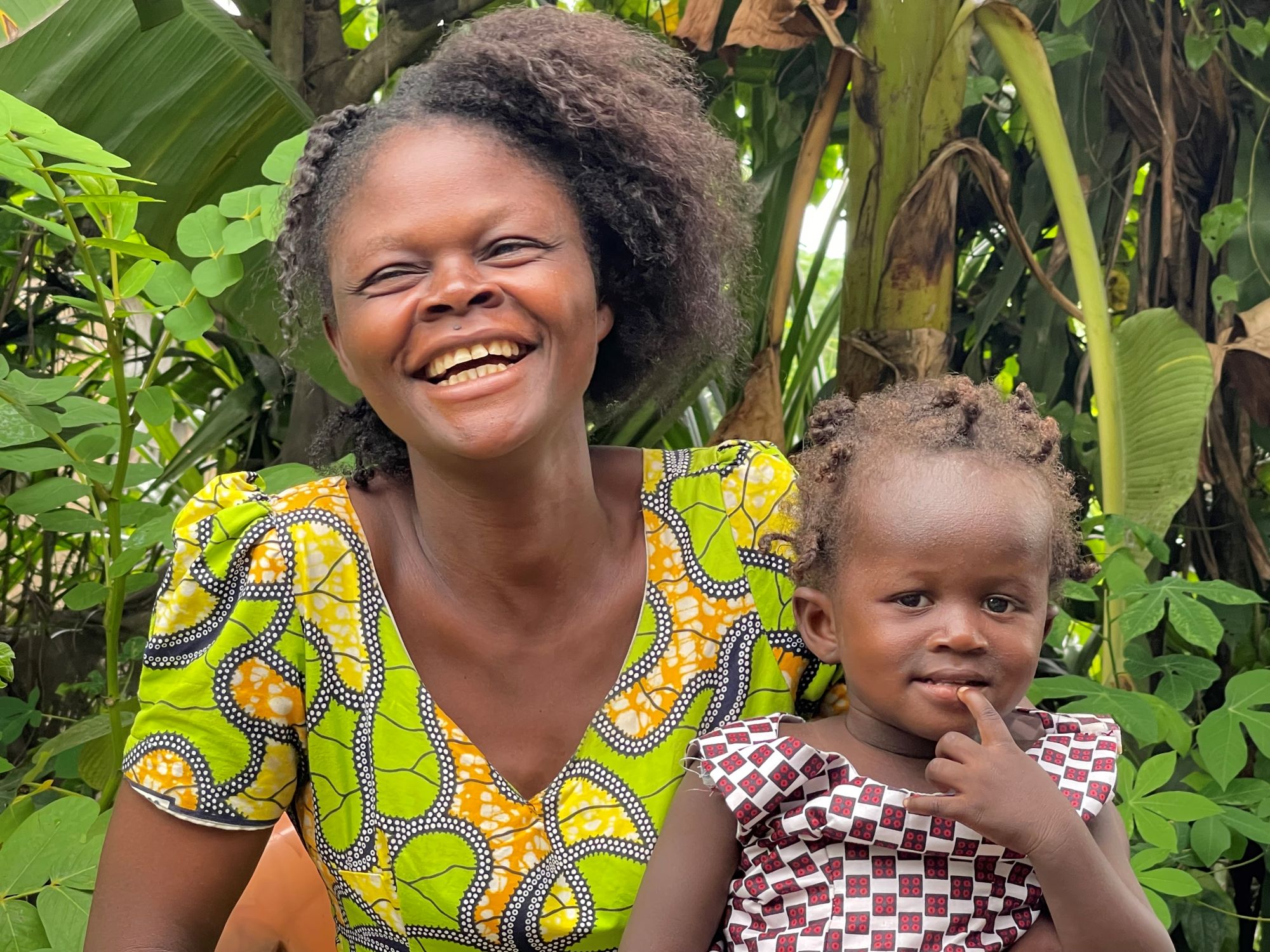
Empowered to improve her child's health
But Love’s desperation turned to hope the day a World Vision community health volunteer arrived in their neighbourhood.
Love says, “Having seen Sarah in her condition, these community volunteers screened her and told me that Sarah was suffering from malnutrition. I was shocked by this news.
“To solve my child's health problem, this volunteer invited me to take part in the home sessions that enables parents to learn new ways of using local foods to combat malnutrition and promote my children's health. I spent two weeks learning how to prepare local foods in a new way to improve my child's health. I also learned that foods like peanuts and vegetables have great nutritional value and can help heal children, while at the same time practicing good hygiene at home."
“What's more, we also learned how to make a plot garden, which can also help the children and the whole family," continues Love. "All the knowledge acquired in the various sessions organised by World Vision enabled me to put into practice and [give] my daughter a balanced diet which today has cured her of her malnutrition. She is now in good shape, eats very well and also plays very well with her big sister and brother."
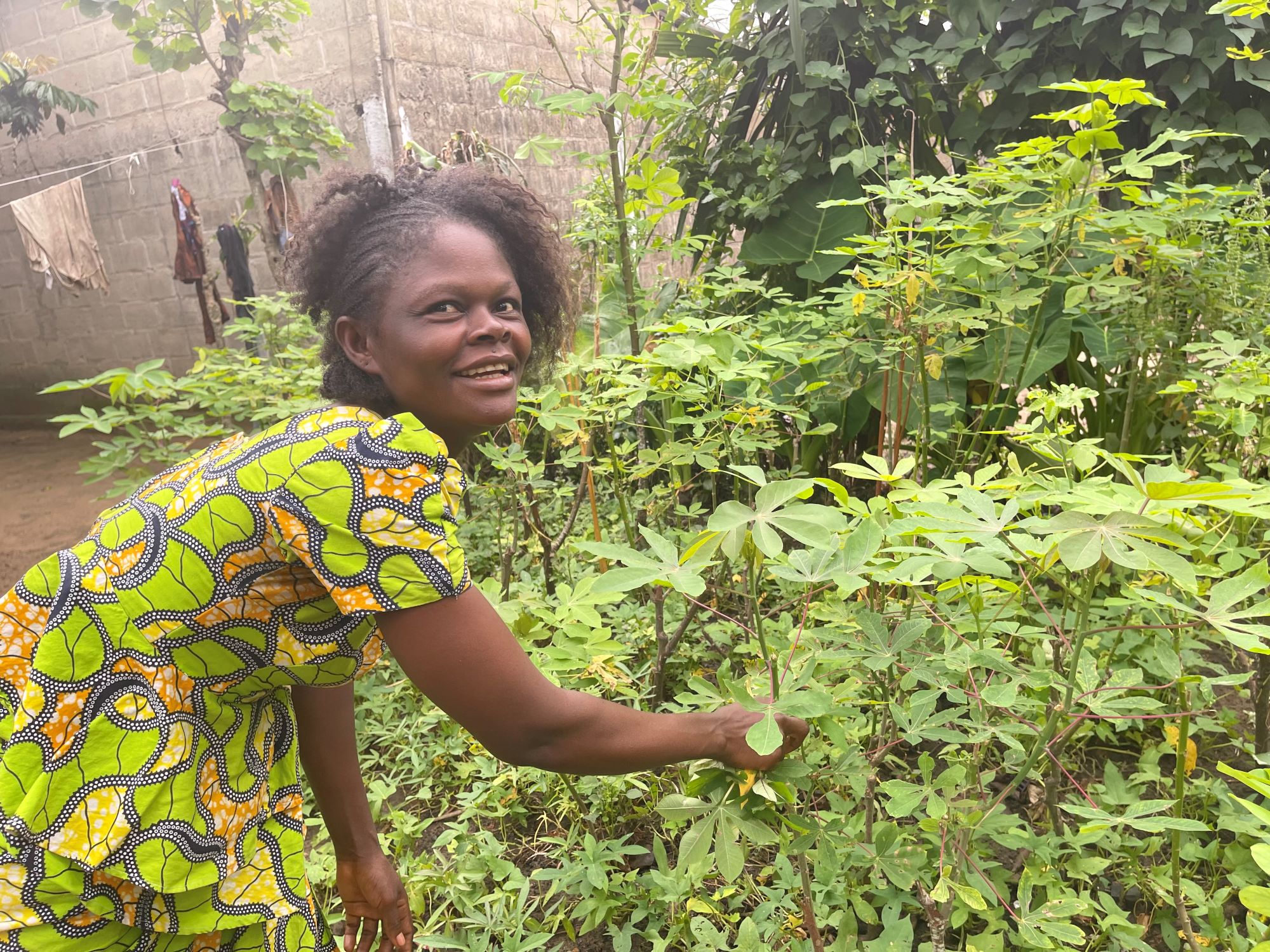
Long-term solutions to prevent malnutrition
“To help me manage my children's health, World Vision gave me two ducks so that I could start an income-generating activity. Today, these ducks help me save my money and meet the food and health needs of all my children.
“In my plot, I also have a small garden that allows me to have vegetables when I need them. Thanks to all the good practices I've learned, I now teach other mothers how to feed their children well and protect them from malnutrition.
“The food preparation demonstrations were a great help to me. I learned a lot of good things that now help me to feed my children properly. My child, who suffered from malnutrition, is now in good health. Thank you, World Vision, for the support you have given to my child and my community.”
Sylvie’s story
Un Jour (aged six) and Saidi (three) also live in the DRC with their mum, Sylvie.
Life hasn’t been easy for this small family. Sylvie’s husband left for military services a few years ago. They haven’t heard from him since and his absence has caused challenges.
“My two children were getting sick all the time,” shares Sylvie. “I tried everything to treat them but nothing worked. So much so that I was at the end of my tether. I'd lost hope. There was nothing I could do - I was simply waiting for them to die.”
READ MORE: What are the effects of child hunger?
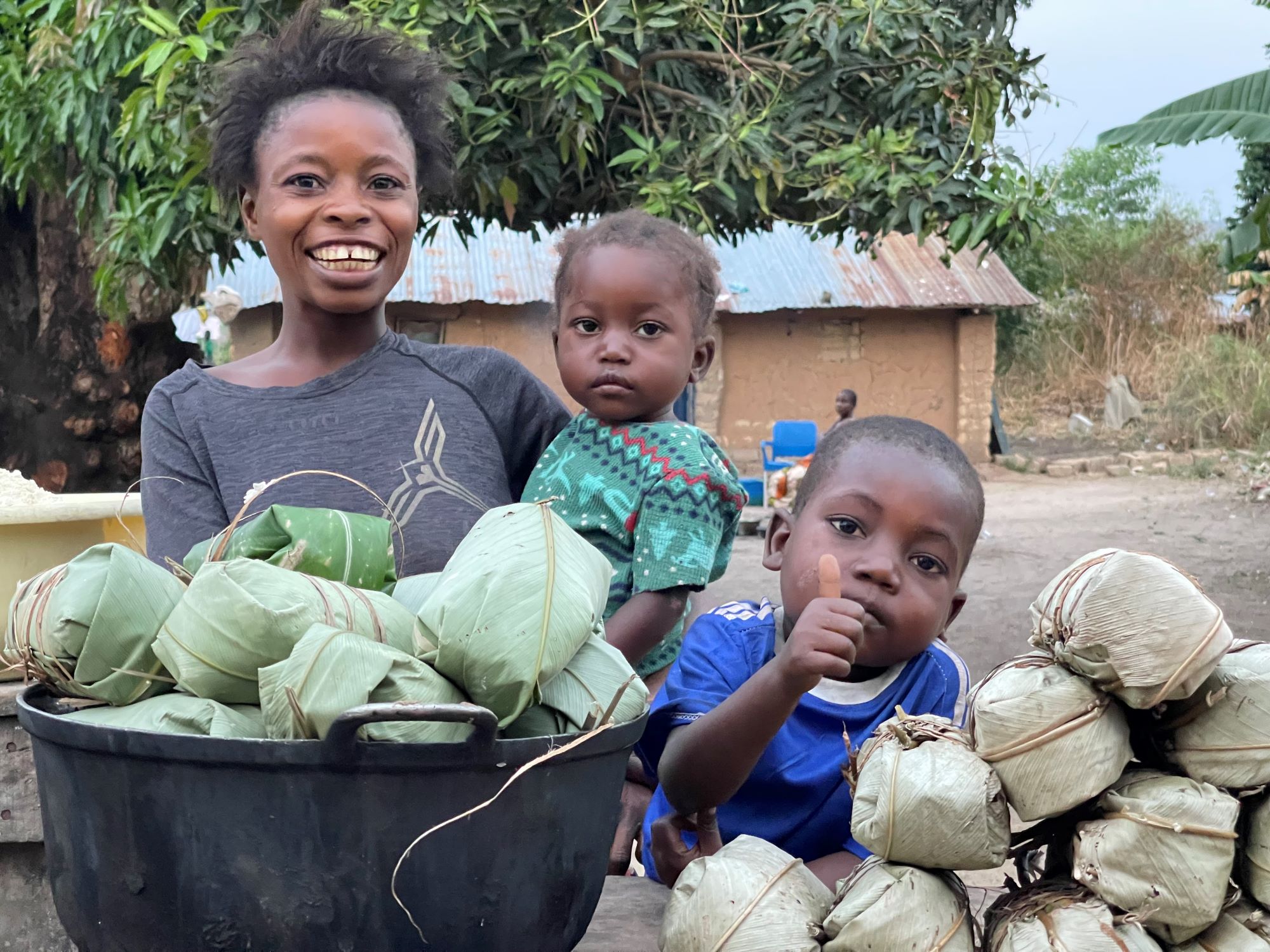
Recovering from malnutrition
It was a visiting community volunteer, working in partnership with World Vision, who screened the children. When they were found to be malnourished, they were sent straight to a health centre for treatment. Sylvie was enrolled in a World Vision programme where she learned how to prepare nutrient-rich local foods.
Once treated, the family was provided with a maintenance food kit consisting of cowpeas, oil, beans, cassava flour and maize. Sylvie was also given a sum of cash to help her start generating an income.
Sylvie began making and selling chikwangue – a starchy product made from fermented cassava flour.
“From this activity, I feed my children. I bought them clothes and mattresses because they used to spend the night on the mat on the ground.”
Reducing the rate of malnutrition
Un Jour is grateful for the help they received from World Vision.
“I'm very happy that my brother and I are in good health,” she says. “We were very sick, we didn't eat very well, we ate the same meal every day. When our mother started taking us to World Vision, we were cured and ate every day."
Sylvie is grateful too. “Now my children are healthy, they will no longer suffer from malnutrition, because I have found what to do to ensure their survival and their future.
“I thank World Vision for having thought of reducing the malnutrition rate in our community. Thanks to their support, my two children are alive.”
Together, we can prevent child malnutrition
We believe there is enough food in this world for every child to experience fullness of life. Mothers like Love and Sylvie shouldn't have to worry about whether they can feed their children each day.
That's why we launched our ENOUGH campaign to help children overcome hunger and malnutrition, no matter where they live, or the crises they face.
Will you join us in our campaign to see the back of child hunger?

